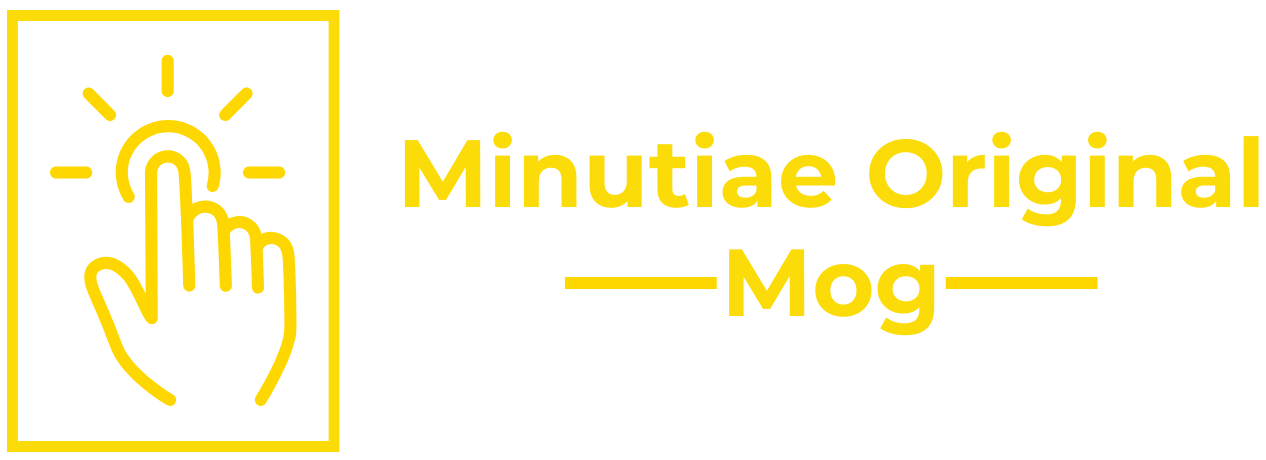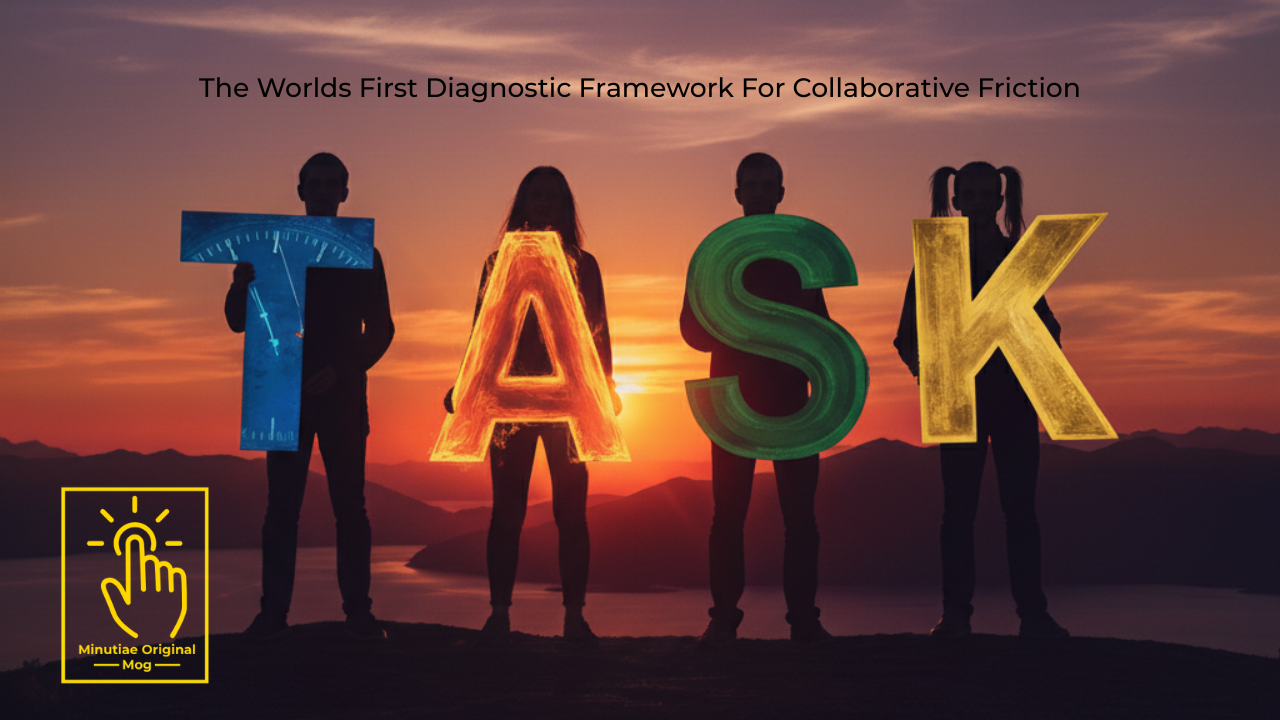The TASK Framework is the world’s first collaborative framework for collaborative friction. Developed by Mog Favour Musonda.
It is important to note the TASK Framework is not a tool.
A tool is something you use to execute a specific, predefined task. A hammer drives a nail. A software program creates a spreadsheet. A tool is for doing. While valuable, a tool doesn’t help you decide if you should drive the nail, where to place it, or what to build.
A framework, however, is different. It is a conceptual structure that helps you think. It doesn’t give you the answer, but it gives you the mental model to diagnose a situation, understand its components, and come up with creative, tailored solutions. It’s the difference between being given a fish (a tool) and being taught how to fish (a framework).
When your team is stuck, when deadlines are missed, or when communication breaks down, the problem often feels vague and personal. We default to blame, frustration, or generic team-building exercises. The TASK Framework stops this cycle by giving you a clear, four-lens model to diagnose the root cause of the stagnation.
Instead of asking, “Who is at fault?” you learn to ask, “Where is the blockage?” The framework categorizes any collaborative problem into one of four areas:
- Time: Is the issue really about the clock, or is it a clash of priorities? When someone says “I don’t have time,” they are usually saying “This is not my priority right now.” The friction is about competing demands for attention and resources.
- Actions: Is there a misalignment of purpose or method? The complaint “This doesn’t make sense” is rarely about intelligence. It signals that the person doesn’t see the “why” behind the task or doesn’t believe in the proposed “how.” The friction is a disconnect from the underlying purpose.
- Size: Is the task overwhelming in scope? The feeling of “This is too much work” often leads to paralysis. The problem isn’t laziness, but a task so large or complex that it shuts down productivity. The friction is one of scale and manageability.
- Knowledge: Is there a hidden gap in skill or understanding? “I don’t know how” can be a literal lack of training, but it’s often a symptom of unclear instructions or a lack of psychological safety to admit uncertainty. The friction is an information or capability gap.
By applying this framework, you transform a messy, emotional “people problem” into a structured, solvable puzzle. It empowers you and your team to move from finger-pointing to problem-solving, fostering a culture where challenges are met with diagnosis and creativity, not complaint.

